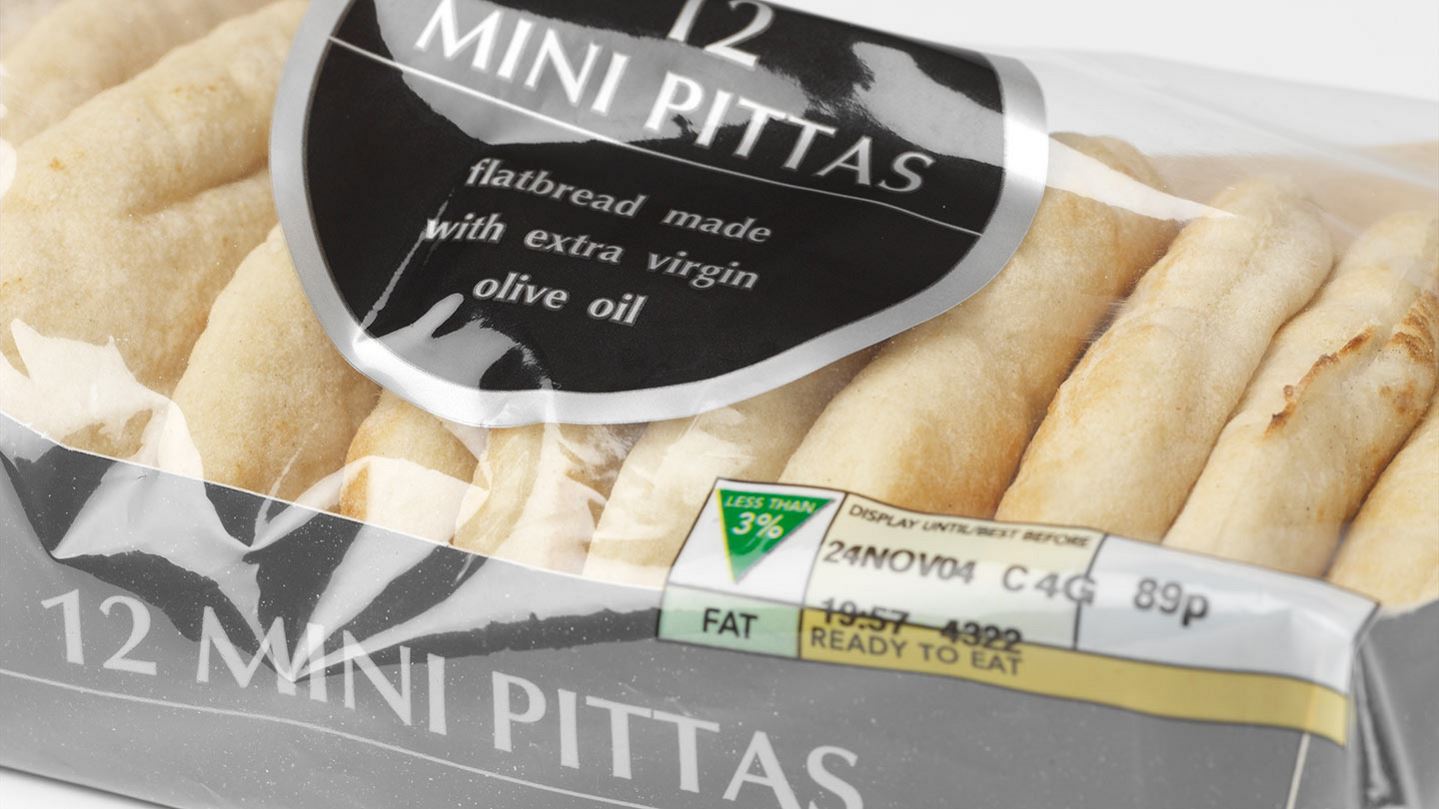
烘焙产品
气调包装:一种有效延长烘焙装食品保质期的方法。
食品:百吉饼、面包布丁、面包、小面包、起司蛋糕、可丽饼、羊角面包、松饼、丹麦面包、水果面包、水果蛋糕、水果派、水果馅饼、水果挞、蛋白甜饼、松饼、烤馕、果仁面包、煎饼、半熟面包、皮塔饼、匹萨饼、椒盐卷饼、海绵夹心蛋糕、瑞士卷、炸玉米饼、玉米饼、蔬菜面包、华夫饼、其他食品
推荐的混合气体
30-100%CO2
0-70%N2
上面列出的气体和混合气体仅供一般指导使用。为了确定适合您的产品和工艺的气体配比,我们建议您在空气产品公司气调包装专家的帮助下进行产品试验。
储存温度
法定最高限值*:8摄氏度
推荐温度:0°C 至+ 5°C
可获得的保质期
在空气中:0-14 天
使用气调包装:4-12 周
主要腐败生物机制和机理
酵母,模具过时,物理分离,水分迁移。
引起食品中毒的危害包括
金黄色葡萄球菌,芽胞杆菌种类
典型的气调包装设备
零售
• TFFS–热成型-充填-密封
• PTLF–预制托盘和覆膜
• HFFS–水平成型-充填-密封
典型包装类型
零售:托盘和覆膜,托盘装在枕形包装中,枕形包装
典型的气调包装材料示例
零售
托盘:
• UPVC / PE
• HDPE
• EPS/EVOH/PE
封盖和/或枕形包装膜材料:
• PET / PVdC / PE
• PA / PVdC / PE
• PC / EVOH / EVA
• MPET
• MOPP
• OPP / PVdC
不含乳烘培食品的主要腐败机理是霉菌生长、老化和水分迁移。酵母菌可能会给某些带馅的的或冰冻食品带来问题。 由于非乳制品烘培食品的水分活度通常低于 0.96,细菌的生长受到抑制,因而很少出现问题。 但是,金黄色葡萄球菌和芽孢杆菌类能够在某些产品中生长,因此构成潜在的引起食品中毒的危害。 因此,必须始终遵循良好的卫生习惯和操作规范。
使用气调包装可以显著延长非乳制品烘培产品的保质期。 由于霉菌是需氧微生物,因此使用二氧化碳和氮气混合气体可以非常有效的将其抑制。 建议的气体和产品比为2:1 通过使用气调包装阻隔材料,可以防止包装中的水分迁移。 气调包装对老化速率的影响不大。 应当指出的是,冷藏温度会使老化速率增加,因此大多数冷食烘焙产品通常在室温下存储。 对于热食型烘培食品(如匹萨饼皮),由淀粉回生引起的陈化过程会在加热过程中部分逆转。
* 1995 年食品安全(温度控制)条例规定,冷藏易变质食品的最高存储温度为 8摄氏度。 在科学证明合理的情况下,可以灵活地对此进行更改。 如需了解合法的温度存储要求,请联系坎登 BRI。